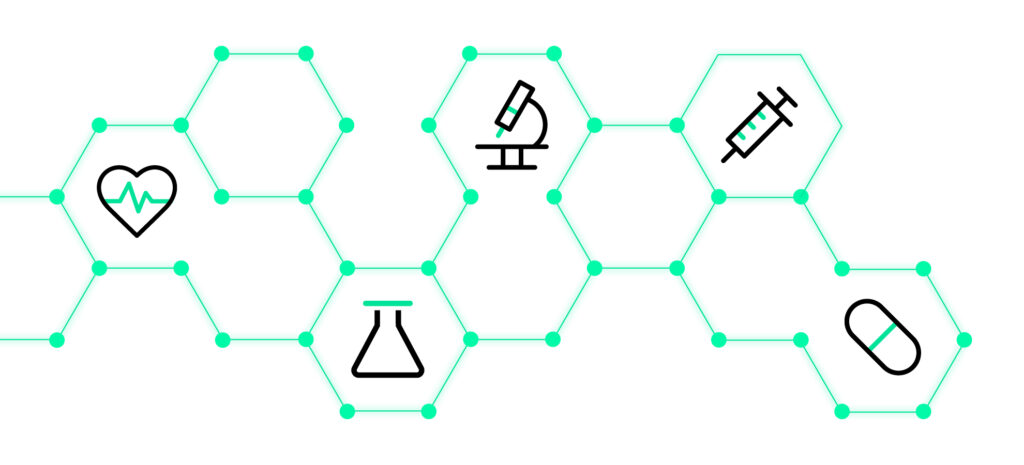by Trey Riley, Vice President, Sales Engineering at Within3
We often hear field medical teams raising concerns about the true influence of their targeted key opinion leaders. They have concerns they are missing some valuable or more relevant KOLs – both those who exert influence and those who can provide valuable insights.
How far off could some of these teams be when choosing the right KOLs for specific engagements? Our analysis across thousands of client KOL files from different therapeutic areas showed, on average, that clients were missing 30% of the most influential KOLs in their specific disease community.
The wrong KOLs, by the numbers
Medical affairs and field medical leadership often find it hard to put a financial cost on the impact of missing the right KOLs. Depending on the number of MSLs deployed, this can top $1 million per year in inefficient costs and associated investments.
The figure gets much higher when strategic decisions are made based on the insights captured from less informed, less accurate engagements, or when MSLs spend a disproportionate amount of time with KOLs who may be over-ranked and tiered too high.
What’s the root cause of missing KOLs?
If pharma teams know that the wrong KOLs can result in delayed traction of the scientific narrative, slower strategic decision-making, and fighting competitors for time with the same top experts, why does the problem keep repeating itself?
One reason is the widespread use of legacy database KOL mapping solutions. These outdated approaches to KOL mapping assign values to individuals based on personal attributes and an arbitrary weighting of contributions to specific medical journals.
Though time-honored, this approach isn’t optimal anymore. HCPs use an omnichannel approach to seek information, relying on social media interactions, online peer communities, and their own personal interactions, eroding the perception of journals as the only legitimate sources.
RELATED CONTENT
Dive deeper on key opinion leader identification
Your team invests significantly to develop and nurture relationships with key opinion leaders or KOLs. Identifying the right key opinion leader for the task at hand – across different therapeutic areas, specialties, and geographies – makes the most of this investment and ensures a faster return of more actionable insights for better decision-making in the pharma industry. Get more in our guide to KOL mapping.
Accelerating time to milestone achievement
Get better insights by giving KOLs what they need in a format and schedule that works for them worldwide. Ready to get more from your pharma KOL engagement? Read our latest.
How does this change the way KOL influence is perceived? For example, consider a tier 1 expert with 77 publications and 12 clinical trials going back 10 years. Under a traditional bibliometric database approach, this person is assumed to be a more important thought leader than a tier 2 expert with four publications over five years, but who also receives dozens of referrals from the treatment community, has shared interests with other KOLs in market access, and has used different social media platforms to connect with other experts and amplify relevant scientific opinions.
How can teams avoid the “missing KOL” issue?
Within3 often works with clients to conduct a gap analysis – applying military intelligence-grade social network analytics to comprehensive scientific and medical data to objectively and systematically rank individuals for impact within customized disease community ecosystems.
Teams use this data to see who they are missing, appropriately evaluate KOLs for influence, and select ideal experts to improve their engagement strategy and achieve their goals.
Learn more about gap analysis and other insights management capabilities when you book a demo.






